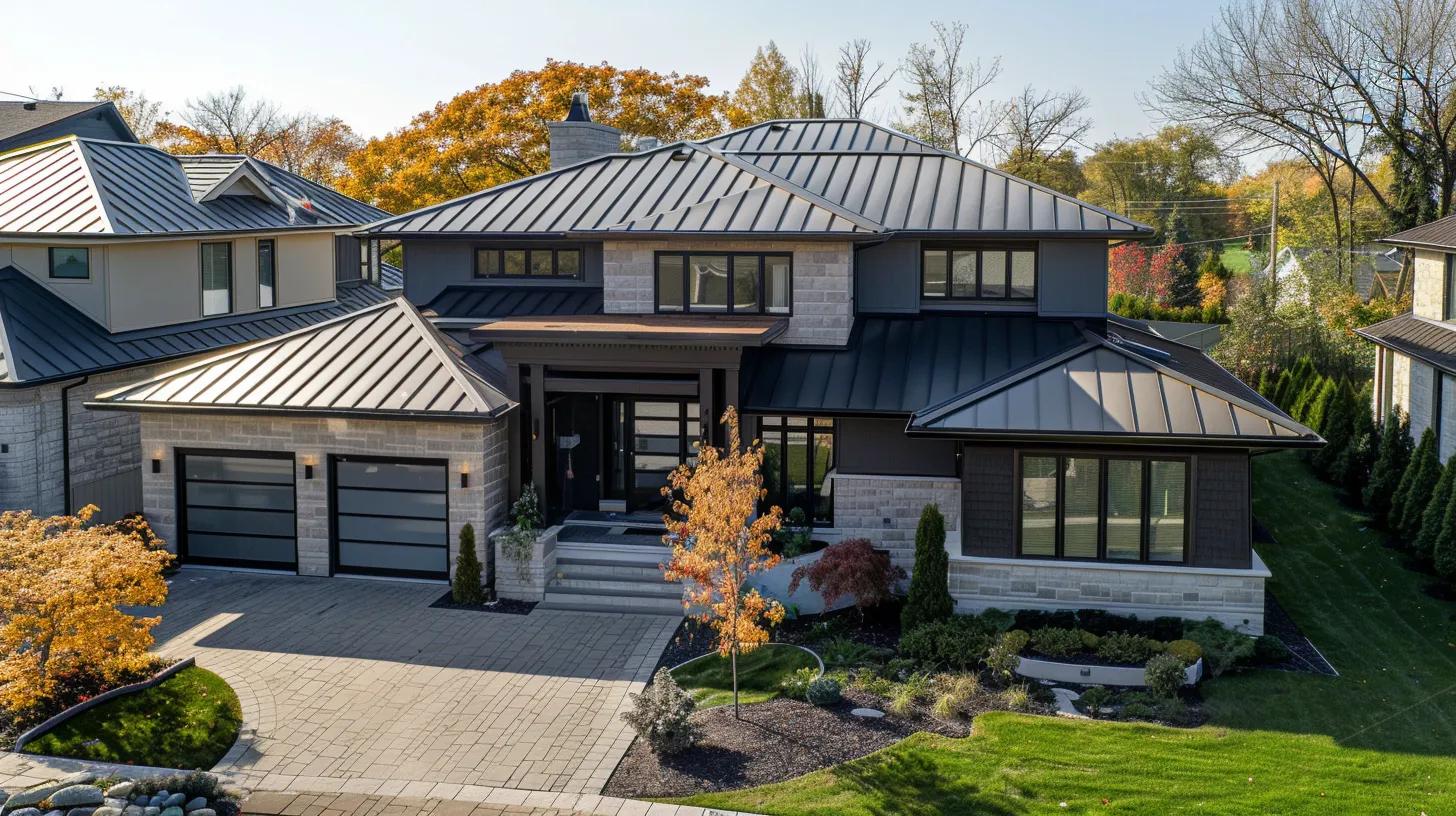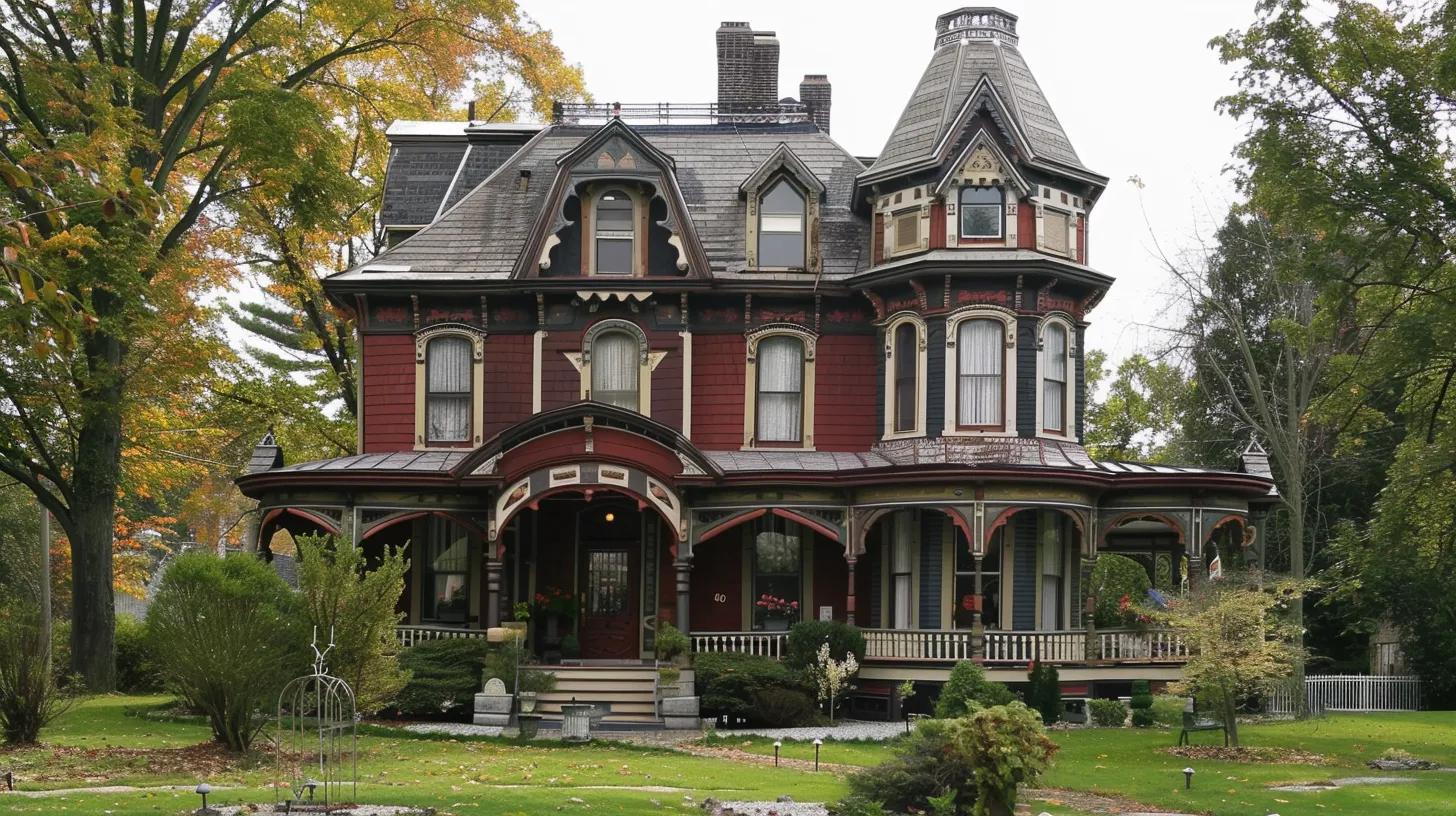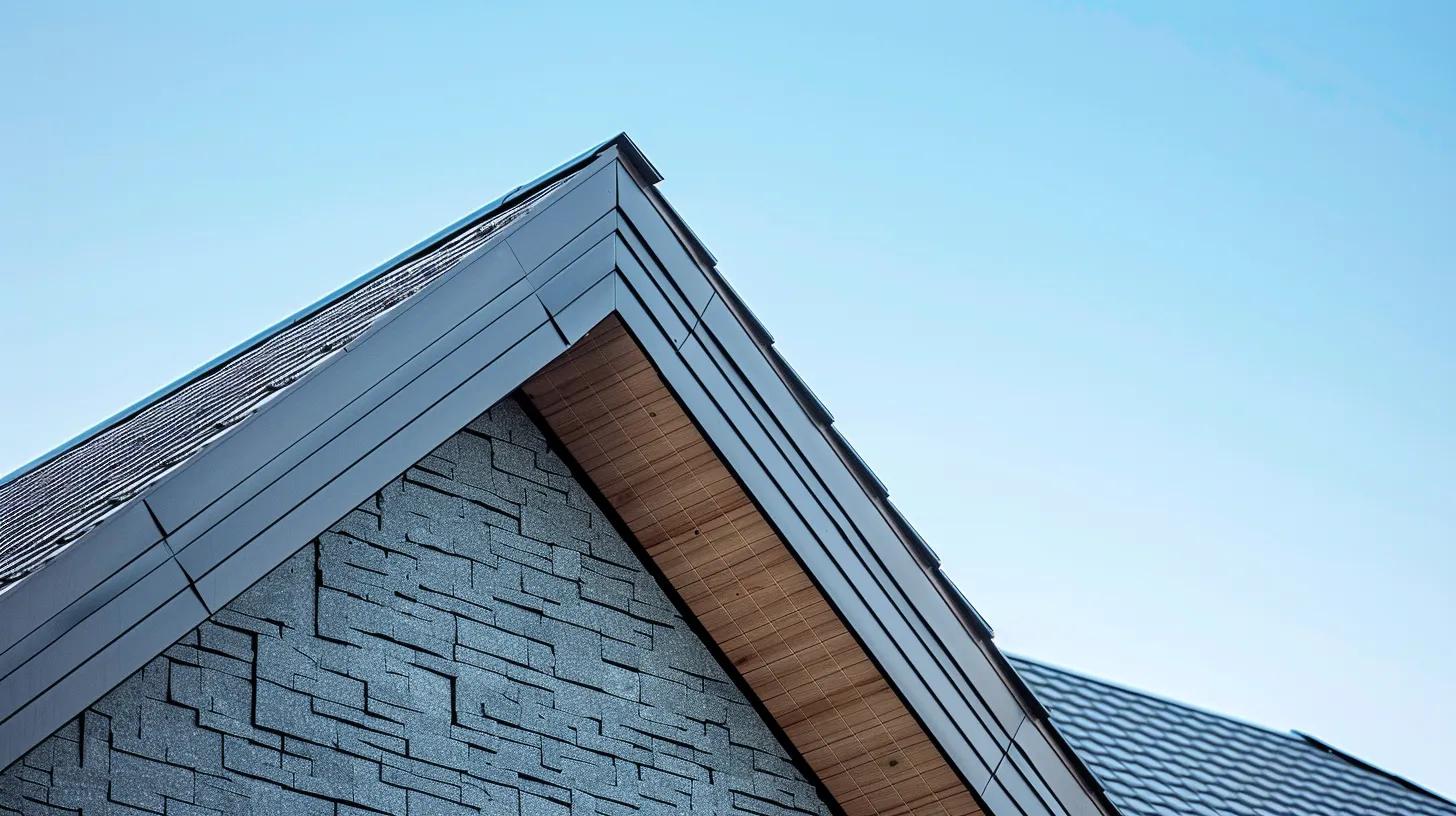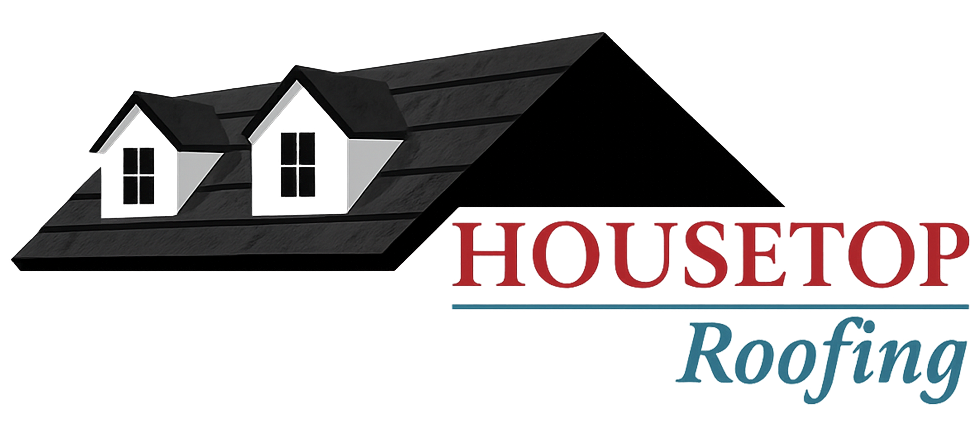
Roof Replacement Benefits You Never Knew About
Upgrading your roof is more than just maintenance—it is an investment in your home’s future. Homeowners face leaks, insulation problems, and storm damage that can lower property value. This article offers insights into roof replacement benefits, from value enhancement to improved safety, energy efficiency, and curb appeal. Additionally, leveraging roofing wake forest options can provide expert guidance and ensure optimal installation. Learn how a new roof saves money, reduces insurance premiums, and increases property value while providing lasting protection.
Key Takeaways
- Roof replacement boosts home value by enhancing structural integrity and modernizing aesthetics.
- Upgrading your roof improves energy efficiency with better insulation and reflective materials.
- New roofing protects against weather damage and may lower insurance premiums.
- Quality materials and reputable contractors ensure long-lasting performance and safety.
- Financial incentives, including tax rebates and ROI benefits, make roof replacement cost-effective.
What Are the Top Advantages of Roof Replacement?

Roof replacement addresses immediate repair issues as well as long-term home improvements. A new roof elevates curb appeal, reassures potential buyers, and enhances energy efficiency via advanced insulation and reflective materials. It offers increased protection from severe weather like wind, hail, and heavy rain, reducing the risk of leaks and water damage. Many insurers also provide discounts for updated roofs.
How Does Roof Replacement Increase Your Home’s Value?
Replacing an outdated or damaged roof immediately boosts home value by eliminating inspection red flags. New, durable materials indicate a well-maintained home, accelerating sales in competitive markets.
In What Ways Does a New Roof Improve Energy Efficiency?
Modern roofing systems are designed to minimize energy loss. Superior insulation and energy-saving materials stabilize indoor temperatures, reducing the demand on heating and cooling systems and lowering utility bills.
How Can Roof Replacement Enhance Your Home’s Curb Appeal?
Modern roofs offer a refreshed look with various colors and textures that complement your home’s design. Enhanced curb appeal improves both aesthetics and marketability.
What Protection Does a New Roof Provide Against Weather Damage?
New roofing employs advanced materials and installation methods that better resist heavy rain, hail, and high winds. This resilience minimizes leaks, water intrusion, and future repair costs.
Can Roof Replacement Lead to Insurance Discounts?
Insurance companies often reward updated roofs with lower premiums. Improved durability and reduced risk of damage or mold development can translate into significant savings over time.
Which Roofing Materials Offer the Best Benefits for Replacement?
Choosing the right roofing material is key. Durability, cost, energy efficiency, and maintenance needs vary by material. Consider your local climate, desired lifespan, aesthetic preferences, and budget when choosing among asphalt shingles, metal roofing, tile, or composite options.
What Are the Advantages of Asphalt Shingles for Roof Replacement?
Asphalt shingles are popular for residential properties due to their cost-effectiveness, attractive color options, and lightweight nature. When properly installed, they provide reliable protection against moderate weather conditions.
How Do Quality Materials Affect Roof Replacement Outcomes?
High-quality roofing materials enhance overall performance by increasing energy efficiency, reducing maintenance costs, and improving property value. They provide lasting protection and ensure that the new roof remains secure for many years.
How Does Roof Replacement Impact Energy Efficiency and Cost Savings?
Replacing an aging or damaged roof with high-quality materials can significantly improve the energy efficiency of a home. Tile and composite roofing materials are known for their insulation properties, which can reduce heating and cooling costs.
Moreover, a new roof means fewer repairs, saving homeowners from costly maintenance fees. With proper installation and regular maintenance, tile and composite roofs can last up to 50 years, making them a worthwhile investment in the long run.
What Are The Aesthetics And Curb Appeal Of Tile Or Composite Roofing?
Tile and composite roofs come in a variety of styles and colors to match the architectural design of any home. Their classic appearance adds curb appeal and value to the property.

In addition, these roofing options are an energy-efficient roof can significantly reduce energy consumption. Upgraded roofs incorporate technologies like advanced insulation and reflective coatings that control heat transfer, resulting in lower utility bills and a more comfortable living environment.
What Energy-Efficient Roofing Options Are Available?
Roofing options such as cool roofs are designed to reflect more sunlight, while others use insulating materials or specialized coatings to reduce thermal transfer. These options help maintain stable indoor temperatures and reduce reliance on heating and cooling systems.
How Much Can You Save on Energy Bills After Roof Replacement?
Energy-efficient roofing can reduce bills by 10-30%, depending on factors like climate and insulation quality. Lower energy bills add up over time, resulting in significant long-term cost savings.
What Role Does Roof Insulation Play in Energy Efficiency?
Effective roof insulation minimizes heat loss in winter and excessive heat gain in summer, ensuring that the energy-efficient features of your new roof work effectively while further reducing utility costs.
How Do Reflective Roofing Materials Reduce Heat Absorption?
Reflective roofing materials bounce a high percentage of solar radiation away from the building. This reflection reduces indoor temperatures and eases the load on air conditioning systems, promoting energy savings.
What Should Homeowners Know About the Roof Replacement Process?
A smooth roof replacement involves a detailed process: inspection, removal of old materials, precise installation of the new roof, and quality checks. Homeowners should expect clear communication and careful planning to ensure the new roof delivers long-term benefits.
How Is a Roof Replacement Inspected and Planned?
A certified roofer inspects the existing roof to identify issues and to develop a tailored replacement plan. This includes reviewing material options, cost estimates, and scheduling to minimize disruption.
What Steps Are Involved in Removing Old Roofing Materials?
The removal process safely strips away old roofing without damaging the underlying structure. This step prevents hidden issues like water damage and prepares a stable base for the new installation.
How Is the New Roof Installed for Maximum Durability?
Professional installers use precise alignment and secure fastening techniques, such as hand-nailing, to prevent shifting and leaks. This careful installation is crucial for enduring performance during severe weather.
What Warranties and Guarantees Should You Expect?
Review both product and workmanship warranties. A comprehensive warranty covers defects and material breakdowns, providing peace of mind and protecting your investment.
How Can Roof Replacement Improve Home Safety and Longevity?

A new roof is a fundamental upgrade that enhances home safety by acting as the first defense against storms, hail, and extreme conditions. It prevents water intrusion, mold, and structural damage, thereby extending the life of your home.
How Does a New Roof Protect Against Storms and Hail Damage?
Modern roofs are engineered with high-strength components and innovative fastening systems that lessen the risk of damage during severe weather events.
What Are the Signs That Your Roof Needs Replacement for Safety?
Indicators such as missing shingles, recurring leaks, or visible deterioration suggest that a roof replacement is necessary to prevent further damage.
How Does Roof Replacement Prevent Structural Damage?
A secure, new roof reduces water penetration that can weaken structural elements, helping to avoid issues like wood rot and mold while preserving the integrity of your home.
Why Is Professional Installation Critical for Roof Longevity?
Expert installation by qualified contractors ensures each component is correctly placed, which minimizes future complications and maximizes the roof’s lifespan.
What Financial Benefits Come With Roof Replacement?
Roof replacement delivers financial benefits by increasing property value, lowering insurance premiums, and reducing energy costs—all of which contribute to a solid return on investment.
How Does Roof Replacement Affect Property Insurance Premiums?
New roofs can lower insurance premiums due to their enhanced durability and reduced risk of damage, which insurance companies appreciate.
Are There Tax Credits or Rebates for Energy-Efficient Roofs?
Numerous local and federal programs offer incentives like tax credits and rebates to help offset installation costs when energy-efficient roofs are installed.
What Is the Return on Investment (ROI) for Roof Replacement?
Many homeowners recover 60-70% of their investment in added property value, improved energy efficiency, and lower insurance costs, making roof replacement a sound financial decision.
How Can Transparent Pricing Improve Your Replacement Experience?
Clear and upfront pricing from reputable contractors prevents surprises and helps you manage your budget effectively, ensuring a stress-free replacement process.
How to Choose the Right Roofing Contractor for Your Replacement?

The success of your roof replacement depends on selecting a qualified roofing contractor. Look for professionals who are certified, insured, and experienced, with a strong track record of quality workmanship.
What Qualifications Should a Certified Roofing Professional Have?
Ensure the contractor holds relevant licenses, certifications, and a proven history of completed projects. Customer testimonials and adherence to local codes are valuable indicators of quality.
How Does Customer Service Influence Your Roof Replacement Outcome?
Responsive customer service throughout the project—through clear communication, detailed estimates, and personalized guidance—can lead to a smoother installation and fewer post-installation issues.
Why Is Warranty Coverage Important When Selecting a Contractor?
A solid warranty reflects the contractor’s confidence in their work and offers protection against material or labor defects, adding extra security for your investment.
How Can You Verify Contractor Reputation and Reviews?
Research online reviews, ask for references, and check with local business bureaus to confirm a contractor’s reputation and reliability before making your final decision.
Frequently Asked Questions
Q: How do I determine if a roof replacement is necessary for my home?
A: Look for signs like missing shingles, leaks, and visible wear, which indicate that replacement may be needed to maintain safety and value.
Q: What factors should I consider when choosing roofing materials?
A: Consider durability, energy efficiency, cost, aesthetics, and your local climate to select the most suitable roofing material.
Q: Can upgrading my roof lower my home insurance premiums?
A: Yes, many insurers offer discounts on new roofs since they reduce the risk of damage and leaks.
Q: How long does the roof replacement process typically take?
A: The process usually takes a few days to a couple of weeks, depending on roof size, material choice, and weather conditions.
Q: Are there financial incentives available for energy-efficient roof replacements?
A: Yes, various local and federal programs offer tax credits and rebates to promote energy-efficient upgrades.
Final Thoughts
Roof replacement is a vital home improvement that boosts property value, energy efficiency, and safety. With modern materials and installation techniques, a new roof not only stands up to severe weather but also lowers ongoing costs. Choosing the right contractor and materials ensures a durable, high-qualityroof installation that benefits your home and wallet for years to come.
